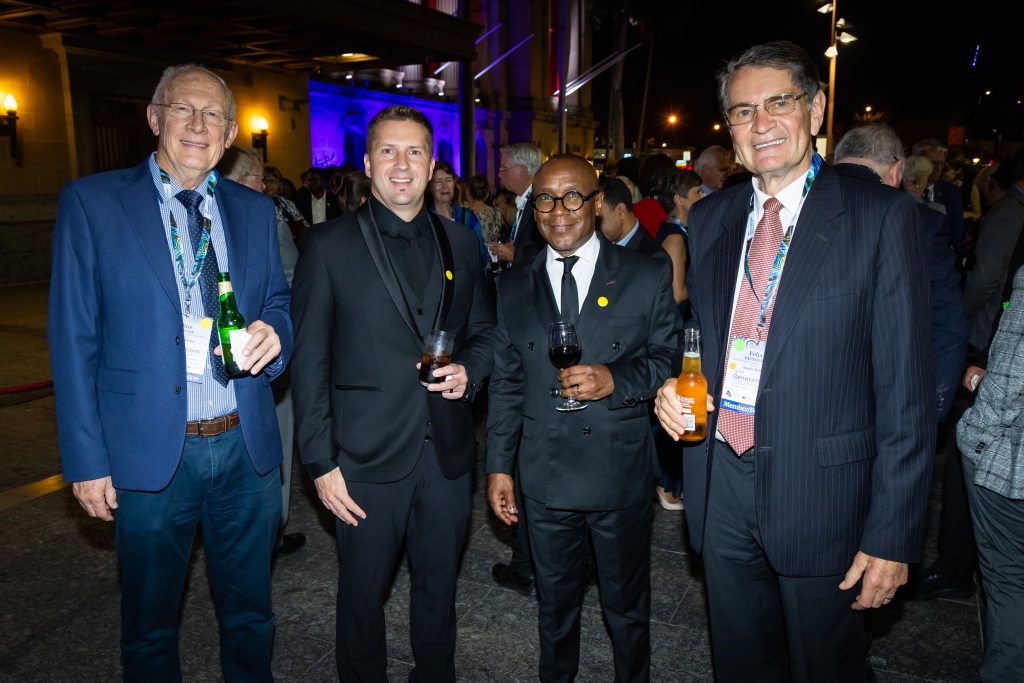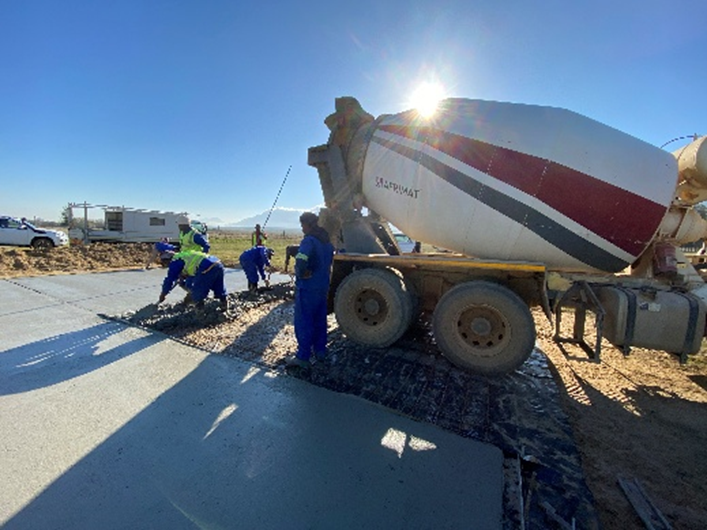South Africa has achieved a proud milestone on the global stage. The Tshwane University of Technology (TUT) Solar Car Project has been awarded the 2025 CAETS Communication Prize at the Council of Academies of Engineering and Technological Sciences (CAETS) Annual Meeting in Brisbane, Australia.
The CAETS Communication Prize recognises the world’s best audiovisual storytelling that showcases engineering innovation and impact. TUT’s entry, “Sustainable Automotive Technologies: A TUT Case Study,” triumphed over submissions from countries including China, India, the USA, the UK, Australia and the Netherlands.
The project was officially submitted by the South African Academy of Engineering (SAAE), which connects the country’s engineering expertise to international platforms. Representing South Africa at the symposium were SAAE President TC Madikane, Vice-President Felix Reinders, and Fellow Pine Pienaar, highlighting the country’s growing role in global engineering collaboration.
Showcasing African Innovation
For Dr Christiaan Oosthuizen, Senior Lecturer in Mechatronics Engineering at TUT, the win goes far beyond recognition.
“I wanted to showcase African engineering excellence. We often look to Europe for examples, but Africa can do this too,” he says.
Since joining the project in 2014, Oosthuizen has transformed it into a hands-on learning hub within TUT’s curriculum — a “living laboratory” where theory meets practical innovation. Despite funding challenges, the team designed and manufactured nearly 70% of the solar car’s components in-house, proving that world-class engineering is possible with local ingenuity.
Their solar vehicle has already covered more than 10,000 km on South African and Namibian roads, demonstrating both reliability and creativity. Unlike international teams that rely heavily on imported parts, TUT’s approach has generated patents, postgraduate research, and new local expertise.

Empowering the Next Generation
Beyond engineering, the TUT Solar Car Project is a catalyst for change.
One former student, Bongani, secured a job after showcasing his role in developing the vehicle’s battery cooling system during his interview. Others, like Gift, have gone on to become lecturers or join international automotive firms.
“The greatest reward is seeing students grow,” says Oosthuizen. “Their success proves what South Africans can achieve when given the tools and trust.”
A Proud Win for South Africa
When the team received news of their win, the moment was both humbling and affirming.
“We created the video the old-fashioned way — with care and creativity, not AI — and I think that authenticity stood out,” Oosthuizen reflects.
While the prize includes a financial award and travel support, its true significance lies in recognising South African innovation and inspiring a new generation of engineers.
Looking Ahead
Oosthuizen hopes the success will spark spin-off companies, local innovation growth, and greater confidence among young South Africans that excellence can thrive right here at home.
The collaboration between TUT, SAAE, and CAETS showcases how academic institutions and professional bodies can elevate African innovation on the world stage.
About SAAE and CAETS
The South African Academy of Engineering (SAAE) promotes the nation’s technological welfare by mobilising the expertise of leading engineers. As a member of CAETS since 2009, SAAE links South African talent to international networks — making global recognition like this possible.
This achievement is a celebration of vision, resilience, and collaboration. It’s more than an award — it’s proof that African engineering can lead the way in shaping a sustainable future.




